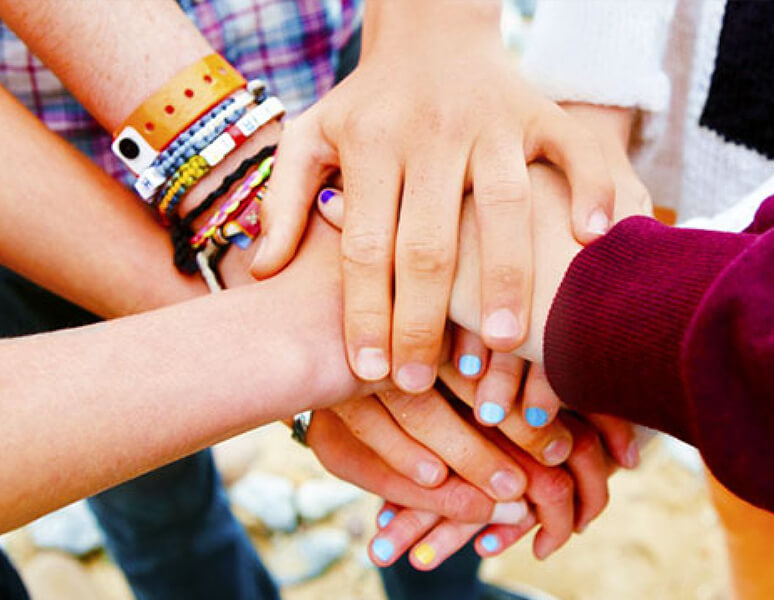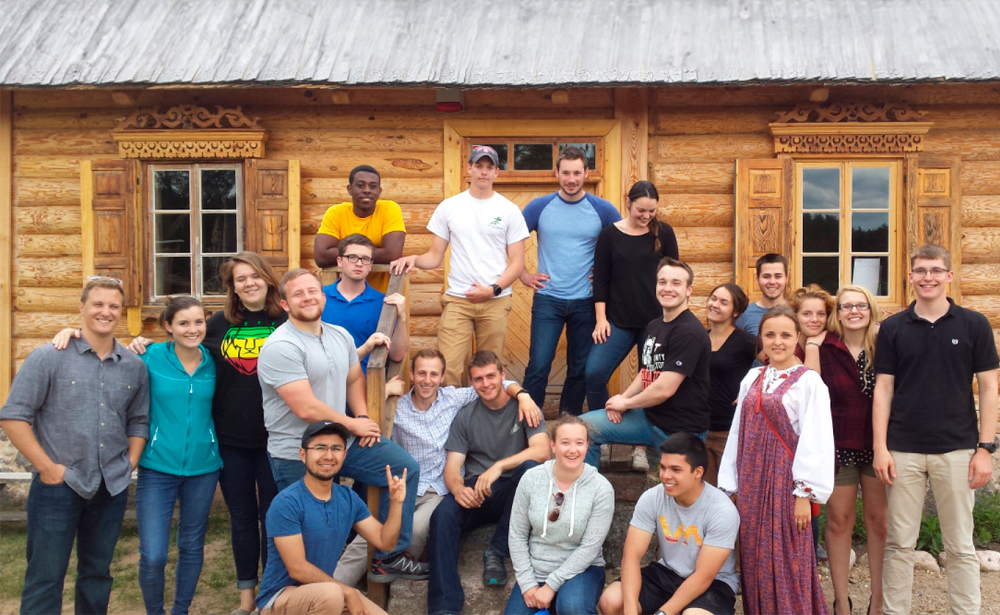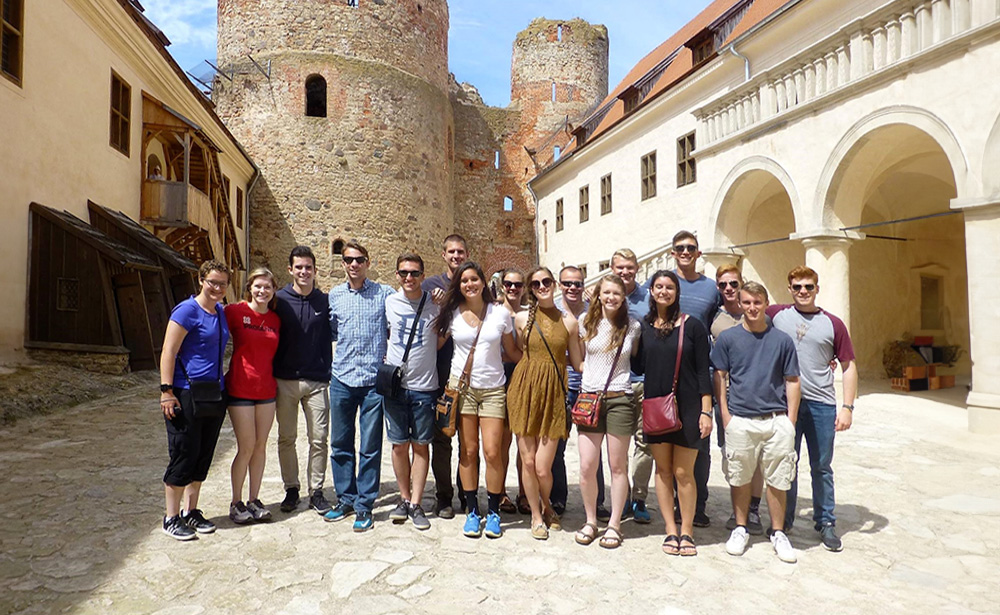June 25 – Day of Friendship and Unity of the Slavs

Every year, on June the 25th, more than 300 million Slavs around the world celebrate the Day of Friendship and Unity of the Slavs. At the moment, the Slavs are one of the greatest and oldest nations who share common traditions, views on life, and similar languages. In this article, we’re going to look at the origin of this holiday and traditions related to it.
Origin of the holiday
The Day of Friendship and Unity of the Slavs appeared in the 1990s. The holiday was created for the Slavic people to remember their historical roots, tried to preserve the culture and long-term relationship with each other. Previously, representatives of this nation lived on the territory of 15 republics, which made one state – the USSR. However, in 1991 the USSR collapsed, and most of the republics became independent states.
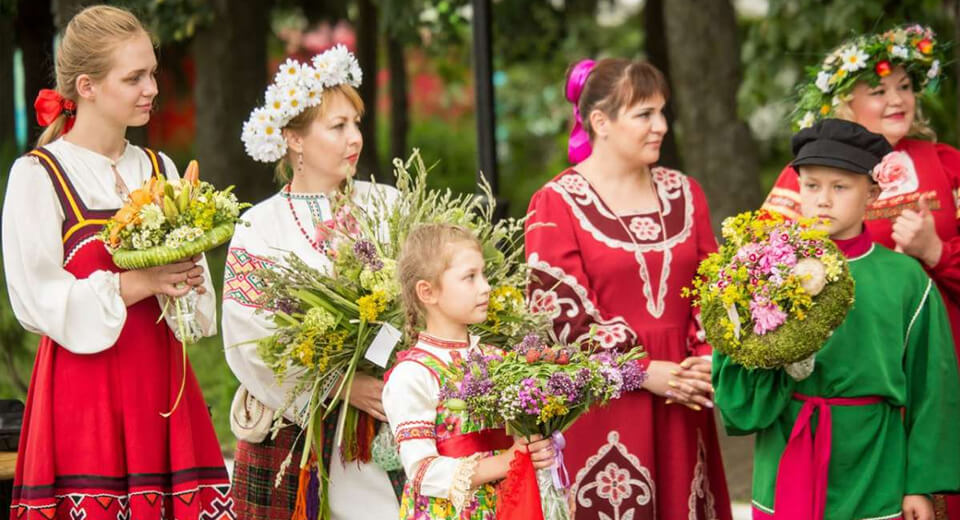
The aim of the holiday is to unite people, to establish friendly and partnership relations which encourage preservation of the unity of the Slavs. Russian Federation and the Republic of Belarus were the first states that made the first step for the unity. They signed a number of agreements about mutual cooperation on equal terms.
How the holiday is celebrated
The Slavs comprise the main part of population in such countries as Russia, Ukraine, Belarus, Poland, Czech Republic, Croatia, Slovakia, Bulgaria, Serbia, and Montenegro. The Slavs also reside in all post-Soviet countries, Hungary, Greece, Germany, Austria, Italy, in America and Australia. National and cultural associations existing in these countries make a great contribution to enhancing the unity of the Slavs. Every generation inherits unique traditions, customs, rituals, and culture.
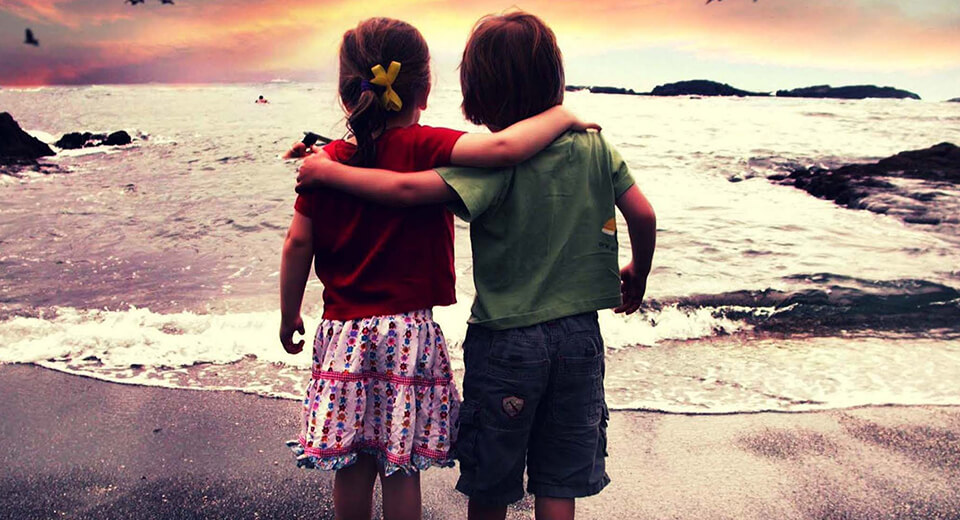
In Russian, Belarus, and Ukraine the Day of Friendship and Unity of the Slavs is widely celebrated. Traditionally, each of the countries in turn becomes responsible for the celebration. A lot of cultural events are organized: concerts, performances, exhibitions, which attract thousands of guests from different countries. Singers, musicians, foreign guests, artistic groups, official delegations, public organizations, and all interested participate in the celebration.
The Day of Friendship and Unity of the Slavs proves that relations that have been established over the centuries cannot be divided by any boundaries. The Slavs around the world will forever share common memories and great pride for their past and unique culture.
You may be interested
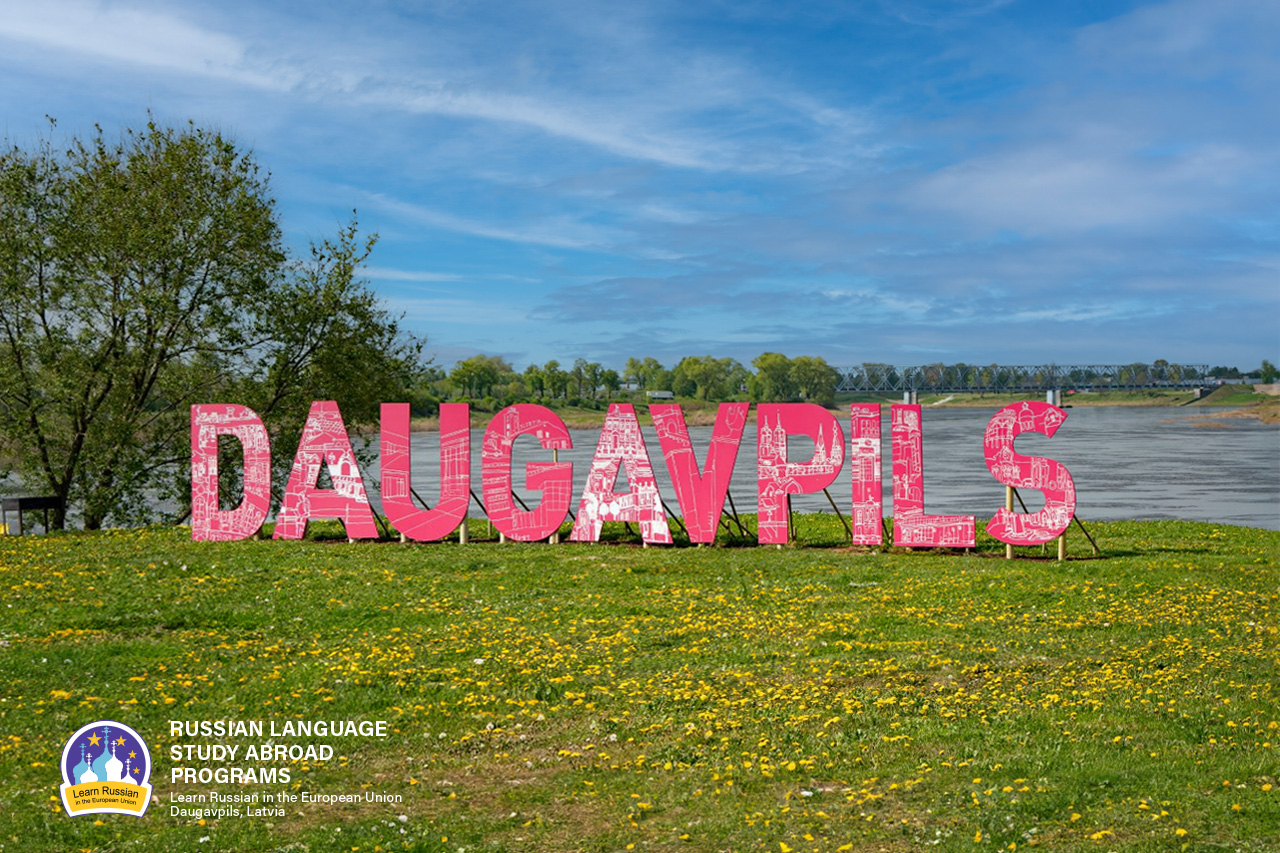
Why do people speak Russian in Daugavpils?
As it seems to us, Daugavpils is the best place to learn Russian now, because our city is situated in the EU and NATO, but at the same time 90% of the city’s population speak Russian at home.
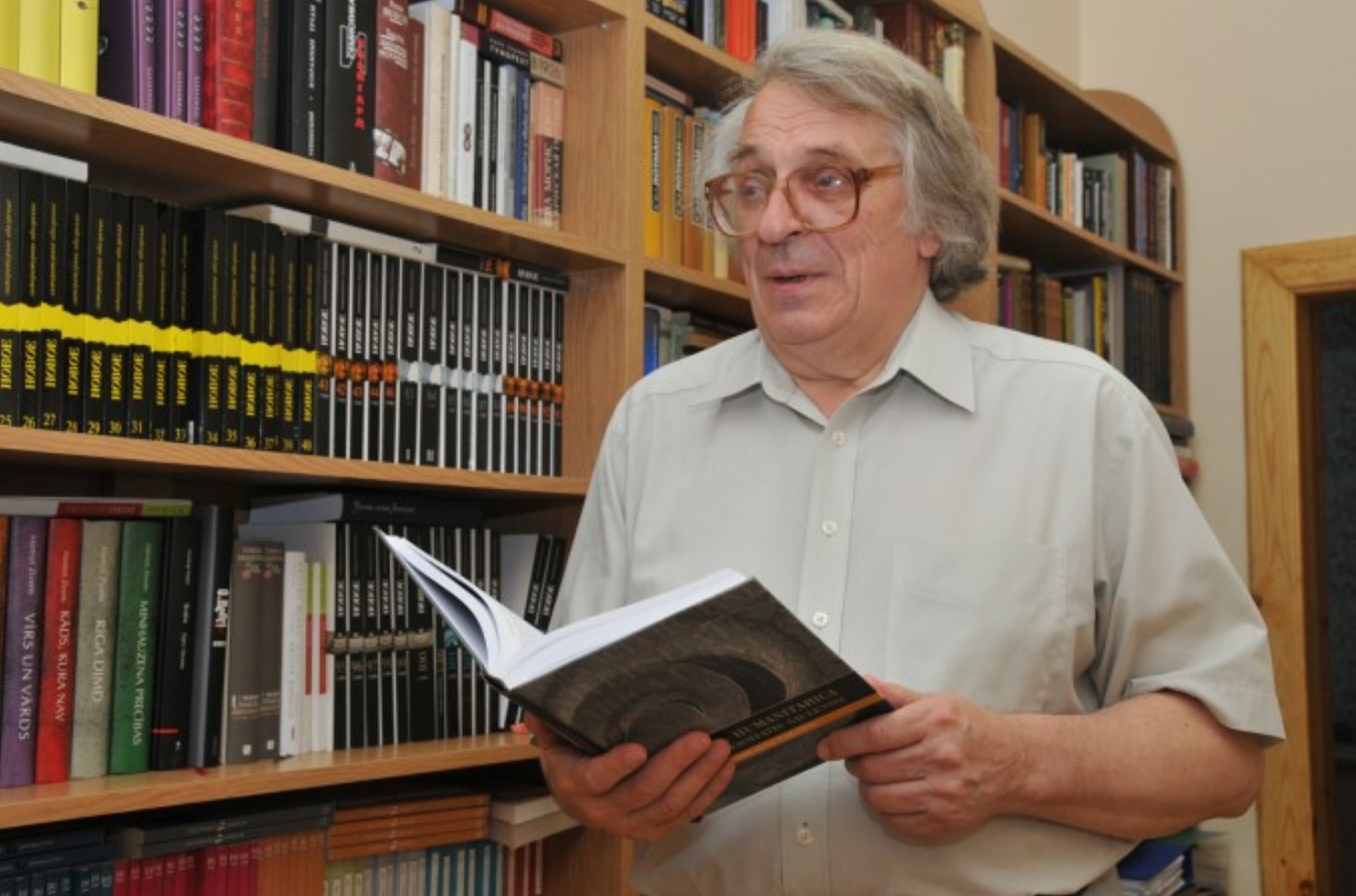
ЭТЮД О ДВИНСКЕ
Etude on Dvinsk by F.Fedorov
The Baltic region is one of the most catastrophe prone regions of the 2nd millennium, especially its second part; it is the centre of attraction of ‘geopolitical’ interests of the European world. Probably the most tragic fate has befallen to the eastern part of the present Latvia and its multi-titled town of Dinaburg – Dvinsk – Daugavpils. During its 730 years long history, the town went through five rather autonomous periods of development, five different lives (German, Polish, Russian, Latvian, Soviet), and at the beginning of the 1990s it entered into the 6th period.
The history of Dinaburg – Dvinsk – Daugavpils is the history of five attempts by the town to begin its life anew; and this is determined not only by the fact that the town was four times burned down and had to start life from scratch, but first and foremost because each of these periods was characterized by a total change of ethnos and the socio-cultural field.
The present article deals with the cultural space of the town in one of the most efficient periods of its development – from the 1860s till World War I.


